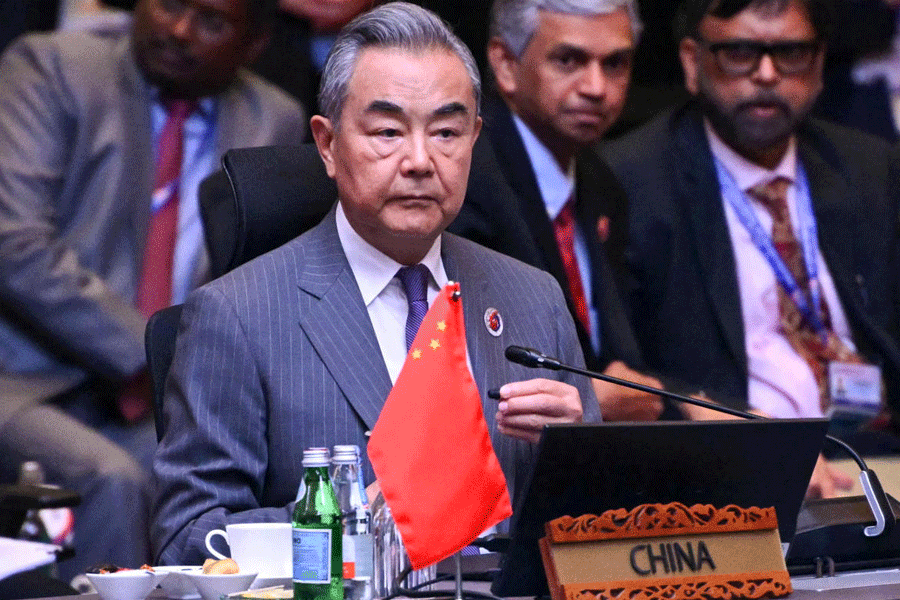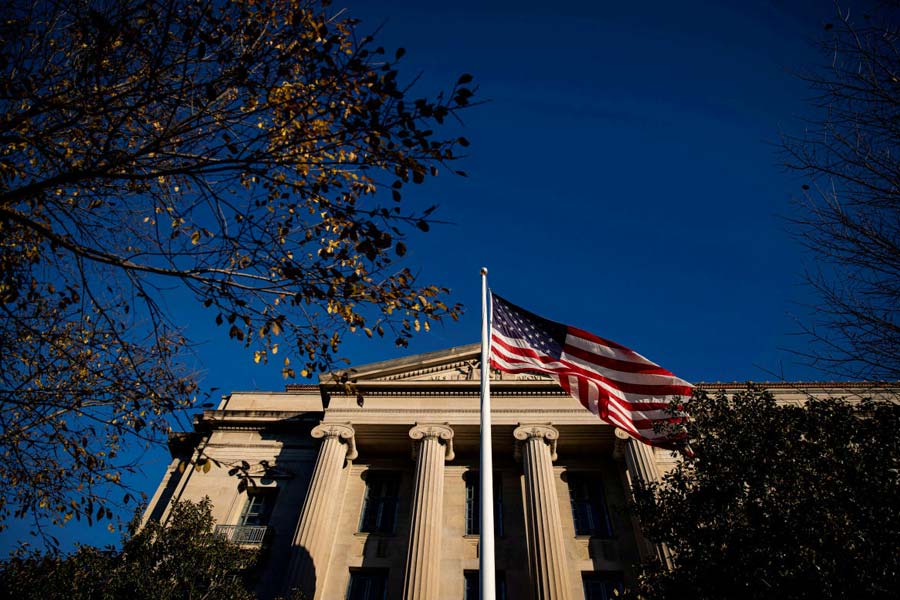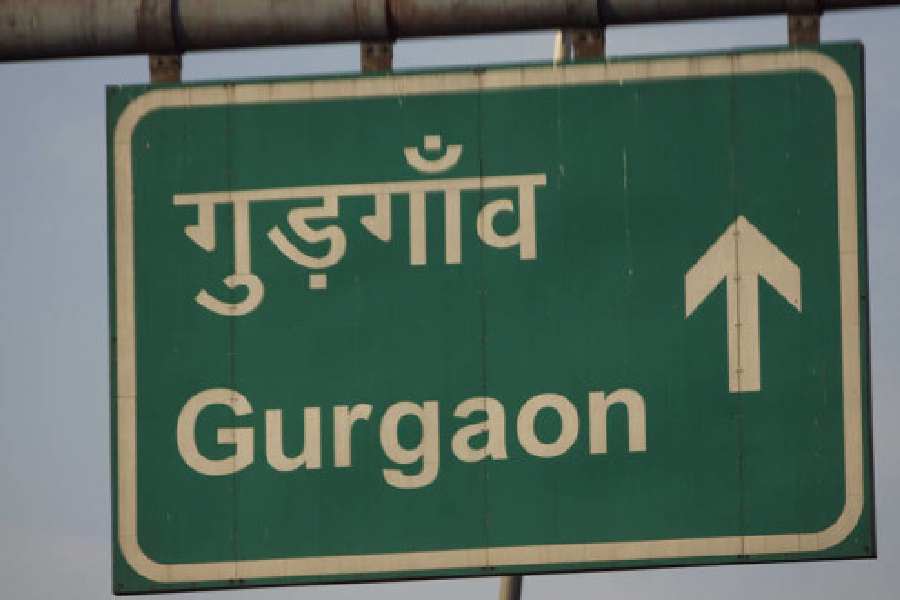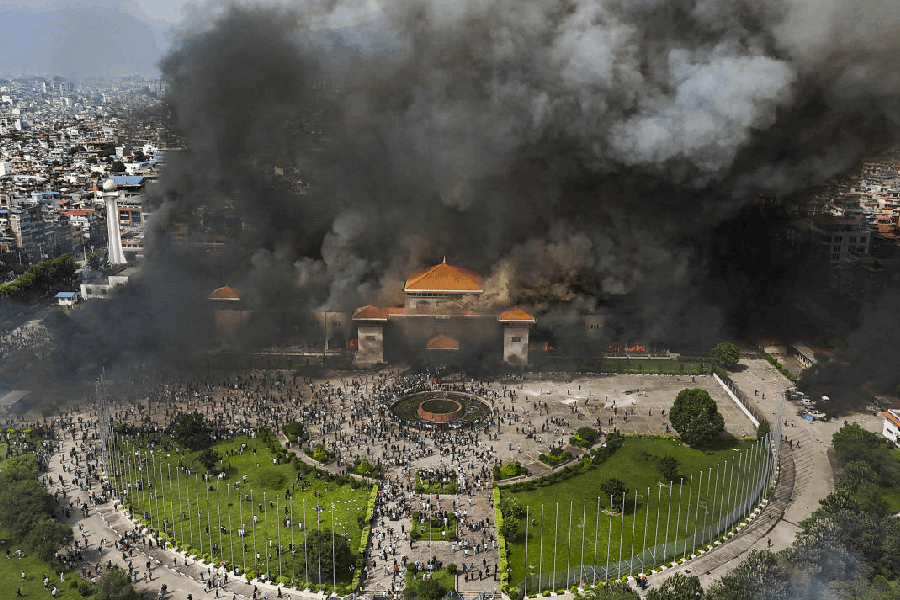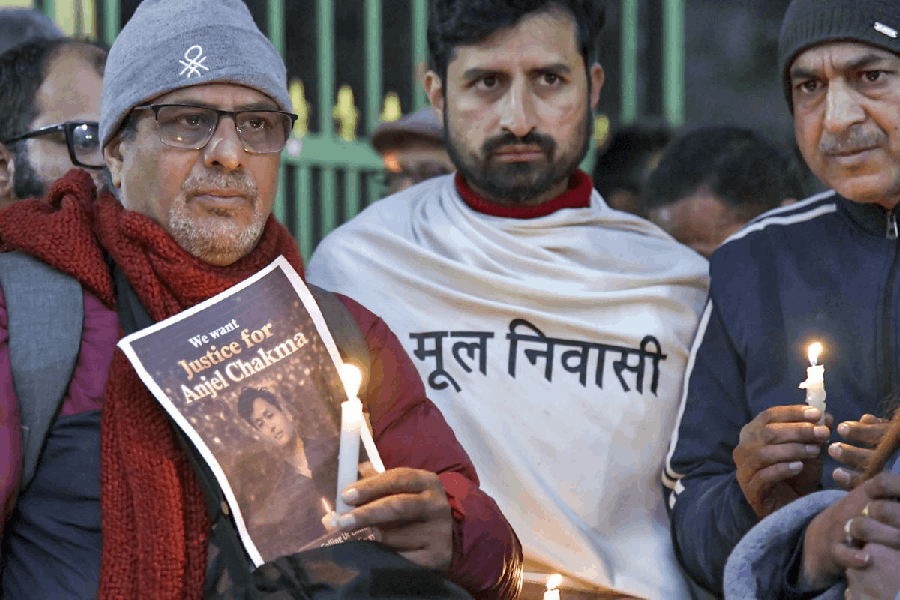|
|
Few will remember, fewer will care to. Another fortnight, and it will be anniversary time, three-quarters of a century from 1934, the year that occasioned a major flutter in the colonial dovecotes. For the first time in Calcutta’s senior division football league, an Indian team with hitherto near-zero emerged at the top of the table ejecting the hegemony of the whiteys; it held on to that position consecutively for five years.
Football, as much as cricket, is an imported sport. There is little point in feeling uncomfortable with that bit of reality; even the concept of post-colonialism is an imported item. More relevant is the fact that while both football and cricket got firmly rooted in the Indian soil, the expanse of football was much wider than that of cricket. The reason is obvious: football is a much less expensive proposition than cricket. Once you are equipped with a modest spherical ball, you can step out into the open and start kicking and dribbling it around. Cricket is far more capital-intensive, calling for a formidable paraphernalia of gear and equipment. It was, therefore, only natural that once the Empire was solidly entrenched, the natives took to football as duck takes to water; cricket for long remained a basically urban phenomenon. The coordinates have changed of late following globalization. With the counting house a-tinkle with money and television cameras growing increasingly more sophisticated, cricket has caught on. Football, along with several other sports, is consequently being pushed into an obscure corner.
The picture was vastly different a century ago or thereabouts. The expatriate sahibs sponsored both cricket and football. Cricket and football clubs sprouted in due course. To add spice to the proceedings, contests between teams gradually came in vogue; more remarkably, exclusivity yielded place to a version of inclusiveness, native teams were permitted to participate in these competitive contests.
Happenstance or otherwise, while Bombay stole the cricket limelight, Calcutta’s concentration was on football. Bengali babus would still like to flock to the Eden Gardens to watch an occasional visiting team play a five-day test match, official or non-official. This, however, was a divertissement. Football was Calcutta’s special obsession.
Two laurels were on offer in Calcutta for teams participating in football contests: the knock-out series for the Indian Football Association shield, and championship of the Calcutta Football League played according to the British Football Association rules. In the case of the league, participating teams were sorted out over three or four divisions, promotion and relegation depending upon performance within a division.
Much like the cricket establishment in Bombay, management of Calcutta’s soccer too was, in that phase, in the grip of expatriates. There were a number of pucca sahib clubs of high visibility, the Calcutta Club, the Ballygunge Club, the Dalhousie Athletic Club. Some other clubs, with professional denominations, while still dominated by expatriate groups, had a modest representation of so-called Anglo-Indians too: the Customs Club, the Port Commissioners, the Rangers, the Railways. A further feature was the participation of teams culled from army regiments stationed in and around Calcutta. One or two regimental names still stick in the memory: the Argyles, the Cameronians, the K.O.S.B. (King’s Own Scottish Brigade). Next came the cluster of Bengali teams, Mohun Bagan, East Bengal, Bhowanipore, Kalighat, Hatkhola et al. The expatriates — and those proximate to them in pedigree — perhaps nursed a patronizing attitude towards the native clubs: let them in so as to give us some ‘practice’; we in any case play with boots on, the natives play barefoot, they could never quite make our grade.
This was more or less the state of things with both the IFA shield and the Calcutta League. Way back in 1911, the Mohun Bagan Club, it so happened, wrested the shield by defeating a white team in the final. The hoity-toity expatriate clubs, civil as well as military, regarded that happening as a bit of a fluke, it was supposedly one of their ‘off’ days. The natives of course thought differently: hyperbole flourished, the Mohun Bagan victory was hailed as an important milestone in the nation’s struggle for freedom. Accidents, however, did not happen twice. Nineteen-eleven remained sui generis; the native clubs kept participating in the League, they doggedly competed in the IFA Shield tournament. To no avail, the domination of the expatriate clubs could not be disturbed.
That story was reversed only in 1934 and by a relatively unrecognized animal, the Mohammedan Sporting Club. The club had been playing in the lower rungs of the league and was promoted to the senior division fairly recently. And this upstart achieved a seeming miracle. Not any of the veteran Bengali clubs, not Mohun Bagan, not East Bengal — it was left to the Mohammedans to upset the ancient regime in Calcutta soccer; they came, they became the First Division League champions, they dug in for the next quinquennium.
Years of effort and loads of money went into the preparation of this champion team. Funds were contributed by a number of leading Muslim industrialists and businessmen based in Calcutta, the Siddiqis, the Ispahanis, the Momens, the Dossanis. Scouts went all over India and recruited cubs from as far as Baluchistan, Sind and the North-West Frontier Province, as well as from the Deccan. They were brought over to Calcutta, accommodated in comfortable lodgings, put on a payroll and put through rigorous training. They first tried out their acumen in the junior divisions of the league; it took the Mohammedans a bare couple of years to make the debut in the first division. They immediately sent the fur flying.
Unlike the other native teams, the Mohammedan boys were an all-booted brigade. They were the healthiest specimens of Indian youth. The goalkeeper, Osman Jaan, and the right full-back, Jumma Khan, were sturdy Pathans, lithe and yet full of muscle, they could spring like tigers and were capable of doing other feats too. Jumma Khan was known for his propensity for rough play; apocrypha puts in his mouth these words, “Ball jayega to admi kidhar jayega (I may miss the ball but not the man at whose foot the ball is).” There were other interesting characters in the team: Bachchi Khan, the chirping tackler at right half, the two Noor Mohammads, senior and junior, one playing at centre-half, the other at right-in, both quiet types, but punctilious in the display of skill and always with a cool head. The accent was on aggressive play, but even the forward line could fall back with amazing speed to defend their territory whenever the need arose. The only Bengali in the Mohammedan eleven was the captain, S.A. Abbas, who played left-out. Abbas was nature’s gentleman, quite a contrast to the rest of the team who were generally of a rustic background. He commanded deep respect from his teammates, presumably because he had a university education and had actually skippered the Presidency College football team for a couple of seasons.
The Mohammedan Sporting Club was the deus ex machina in bringing an end to the colonial hegemony in Calcutta football. It should have been a great celebratory occasion for Indian nationalism. It did not happen that way though. The rabidly communal Calcutta press — otherwise solid supporters of the Indian National Congress — considered it an affront that not one of their favourite Bengali teams brought off the miracle, it had to be that wretched bunch of Muslim hooligans. The environment was already poisoned beyond description; the thundering success of the Mohammedans, in fact, contributed to a further widening of the Hindu-Muslim chasm. The political annals of the country could have been in a qualitatively different groove had the Hindu die-hards recognized with generosity the tremendous achievement of the Mohammedan Sporting Club. That was not to be. The rest is pestilential history.



